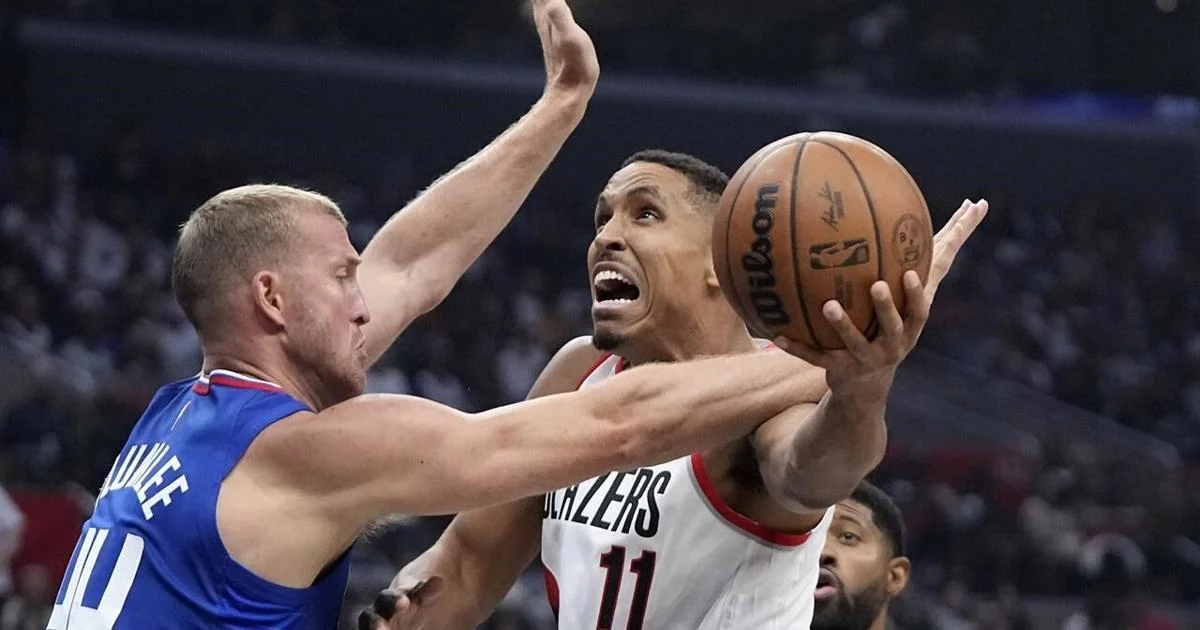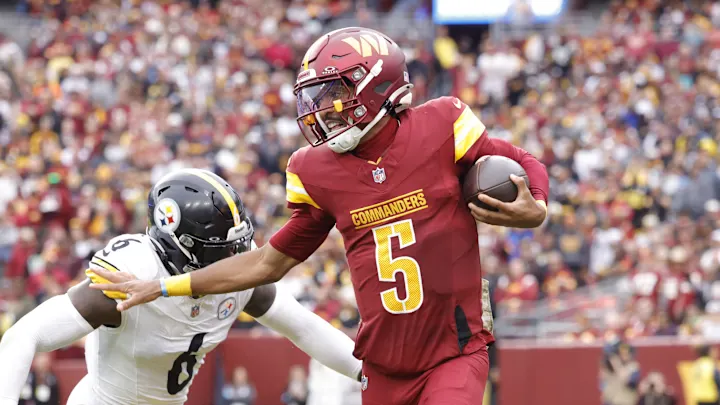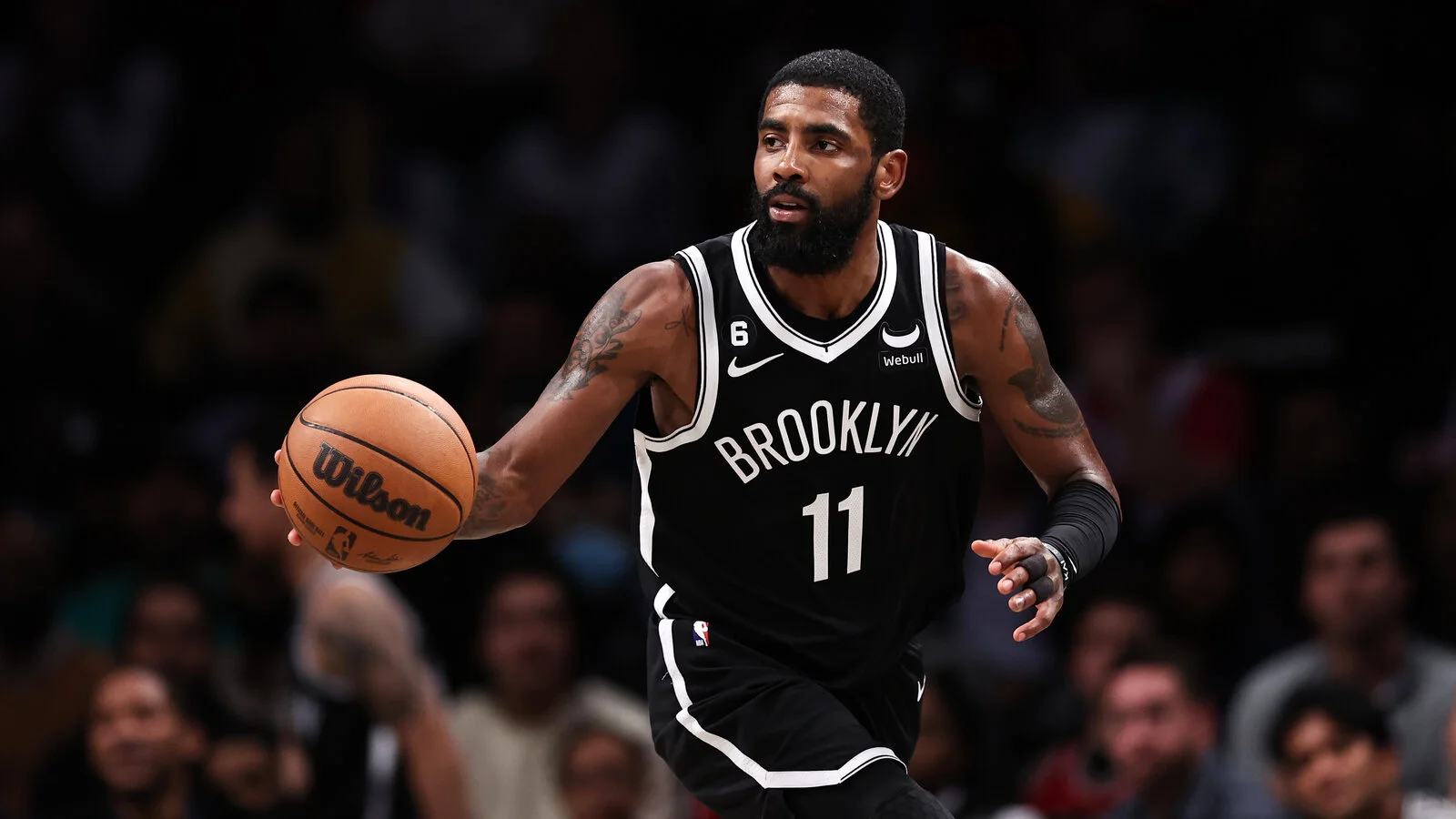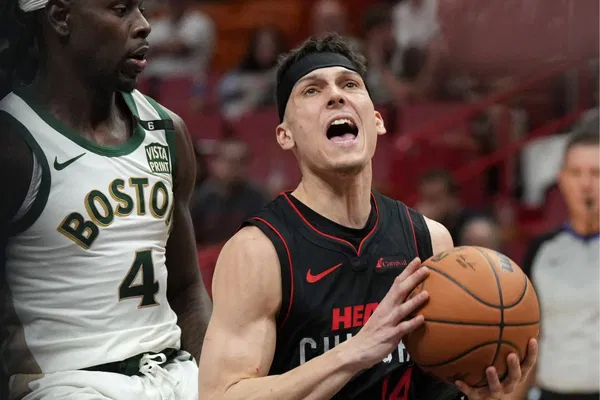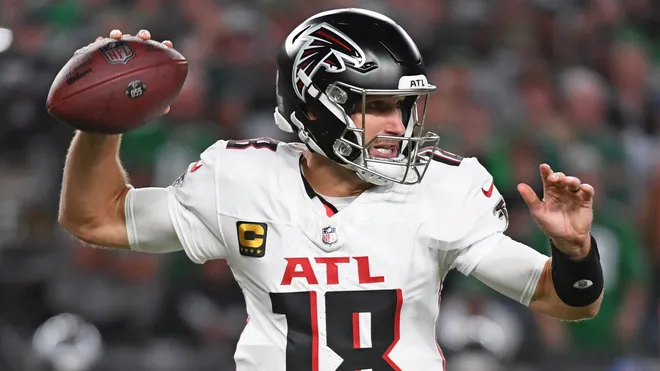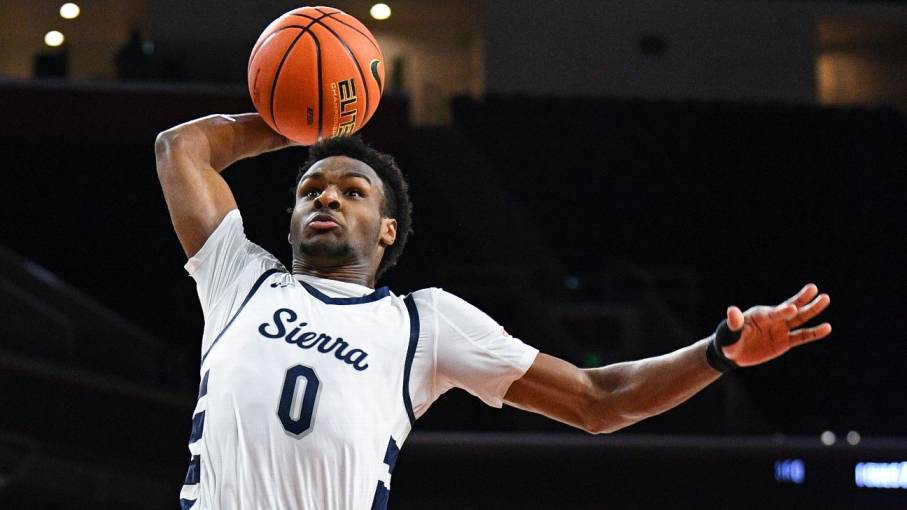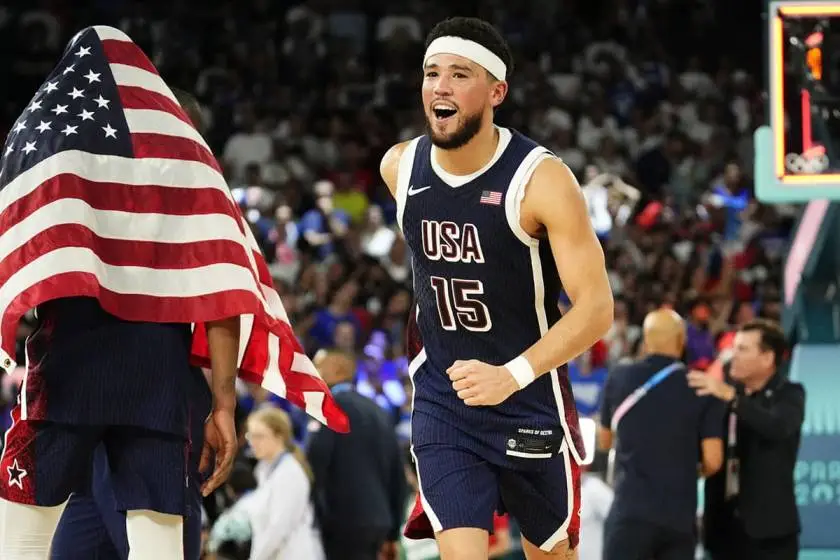
Knicks-Pacers: 5 takeaways as Jalen Brunson fuels Game 1 comeback
NEW YORK — There have been four games at Madison Square Nursery in this postseason, and every one of the four have been inside three focuses as of now of the final quarter. It's the ideal climate for exciting ball, and that is all it's found over the most recent 17 days.
The most recent example was the Knicks' 121-117 triumph in Game 1 of their Eastern Gathering elimination rounds series against the Pacers on Monday. These 48 minutes were night and day different than the Knicks' first-round series against the 76ers, however eventually, particularly the equivalent.
By and by, Donte DiVincenzo hit the greatest shot of the evening, a 29-foot catch-and-shoot 3-pointer that gave the Knicks a noteworthy lead with 39.4 seconds left. Indeed, Josh Hart played each of the 48 minutes and got a few immense hostile bounce back. What's more, indeed, Jalen Brunson scored no less than 40 places.
Here are a few notes, statements, numbers and film as the Knicks took a 1-0 series lead.
1. Brunson joins elite company with fourth straight 40-point game
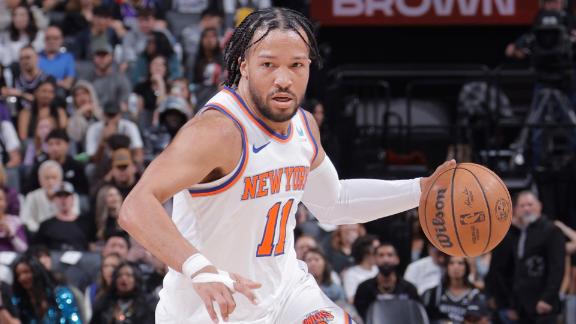
There's very little passed on to say about Brunson as of now. He's a determined hostile player with a group of moves to get to the free toss line or make barely sufficient room to crush off his shot.
He shot 14-for-14 from the line and 14-for-26 from the field on Monday, adding up to 43 focuses in 43 1/2 minutes. That made him the fourth player in NBA history with four straight 40-point games in the end of the season games, joining Jerry West (six straight games), Bernard Lord (additionally with the Knicks) and Michael Jordan (in the 1993 Finals).
Brunson saved his best work for the final quarter, when the Knicks scored an astonishing 39 focuses on 24 belongings (1.63 per). The 6-foot-2 point watch scored 21 of those 39, with some exemplary Brunson pails down the stretch.
A stepback jumper over Andrew Nembhard to put the Knicks up four with under three minutes left:
"[He's] as tip top of a one-on-one player as there is," Pacers monitor T.J. McConnell said. "He's playing at an extremely significant level, so we need to track down ways of making it much harder on him. You won't close a person like that down. You just have to make it truly troublesome."
With the score still tied on the following belonging, the Pacers attempted to make it more troublesome, at long last sending a twofold group at another Brunson detachment versus Nembhard. However, Aaron Nesmith's assistance wasn't adequately forceful, permitting Brunson to make a simple pass to DiVincenzo. Then, at that point, Tyrese Haliburton was excessively delayed to turn off the corner:
2. Pacers play with pace

It turned out to be extremely clear from the get-go that, as to the opposite finish of the floor, this series would be a distinct difference to the Knicks' first-round series against the Philadelphia 76ers.
Joel Embiid and Tyrese Maxey introduced their own difficulties for the Knicks. Embiid was difficult to keep off the foul line and Maxey was close to difficult to contain off the spill.
Be that as it may, the Sixers' offense was fairly purposeful and the ball never moved as fast as it does when the Pacers are going after. Entering this series, Indiana drove the end of the season games in both ball development (397 passes each 24 minutes of ownership) and player development (11.8 miles voyaged each 24 minutes of ownership), and that development was in plain view all through Game 1.
As per Cooperative energy following, the Pacers scored 28 focuses on the move, more than the Sixers (who found the middle value of 18.3) had in any of their six games against New York.
Right off the bat in the second from last quarter following a Knicks container, Haliburton tossed a long pass ahead that, after three additional passes, transformed into a totally open corner 3 for Pascal Siakam. Prior in the game, they got another totally open 3 (that missed) after a made free toss.
Furthermore, pace isn't just about how rapidly a group goes from one finish of the floor to the next. It's additionally about how speedy its activities are in its half-court offense. The ball doesn't stay with this group and half-court speed will keep on being really difficult for a Knicks protection that hasn't been very as great in that frame of mind as it was in the standard season.
3. Possession
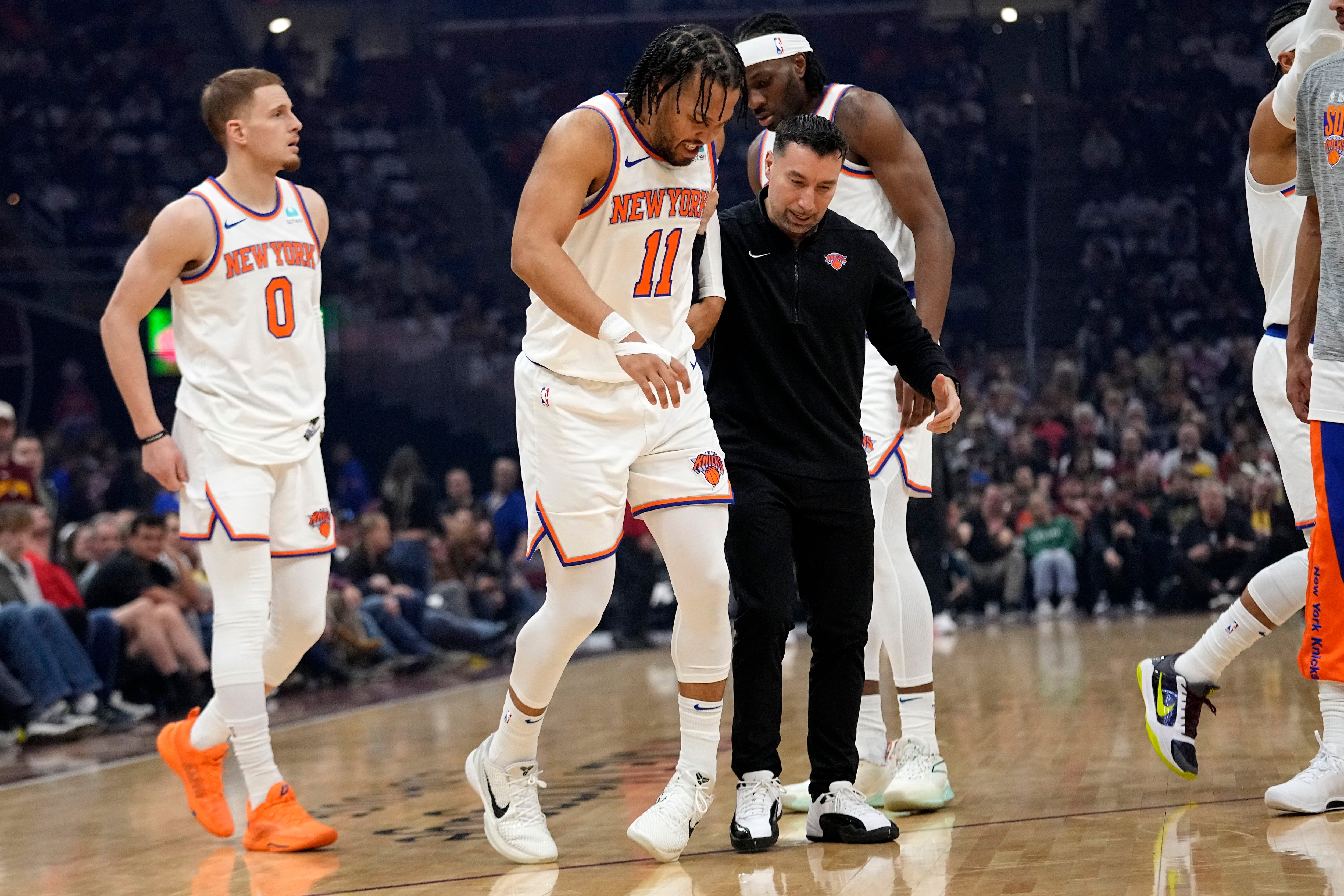
This series might come down to holding ownership of the ball.
The Knicks do that by crashing the glass. Through Monday, they've held 36.7% of accessible hostile bounce back, what might be the best imprint for any group that is played more than one season finisher series since Tom Thibodeau's 2010-11 Bulls.
The Pacers worked effectively on the glass in the main portion of Game 1, holding New York to only two hostile bounce back and three additional opportunity focuses. In any case, they couldn't hold a steady rival as the night progressed, and the Knicks turned six hostile sheets (in addition to free ball fouls and bounce back that left limits) into 13 additional opportunity focuses in the last part.
Hart had the most noteworthy leading group of the evening, coming from the passed on corner to grab the ball away from Siakam with five minutes left. Siakam fouled him and Hart enrolled one of those 16 additional opportunity focuses at the line:
The Pacers, in the interim, hold ownership by not turning the ball over. In the main round against Milwaukee, they had the most noteworthy help/turnover proportion (3.07) for any group in any series in somewhere around 30 years.
Through 3/4 of Game 1, they had a proportion of 8.33 (25/3). However at that point they committed more turnovers in the final quarter (five) than they had through the initial three, with the most ridiculously difficult being an unlawful screen by Myles Turner with Indiana down one and under 15 seconds left.
4. T.J. McConnell, offensive force

It's conceivable that McConnell wouldn't be in the association if not for the Sixers' "Cycle," where great players were exchanged out of Philadelphia for future resources and periphery players were allowed an opportunity to play for one of the most terrible groups in NBA history. McConnell, undrafted in 2015, was one of those periphery players.
Be that as it may, he procured his direction into being a revolution standard as the Sixers worked on throughout the long term, and he's been no different for the Pacers for the beyond five seasons. In any case, he was never a very remarkable scorer … as of recently.
McConnell found the middle value of 7.1 places (11.6 each 36 minutes) through his initial eight seasons. This season, those midpoints were vocation good grades of 10.2 per game and 20.3 per 36, including 13.8 and 25.2 after the Elite player break.
In Game 1, McConnell was perhaps the hardest person for the Knicks to monitor. He pushed the ball experiencing significant change and forcefully hoped to score:
5. Every shot, every gamble, every foul counts
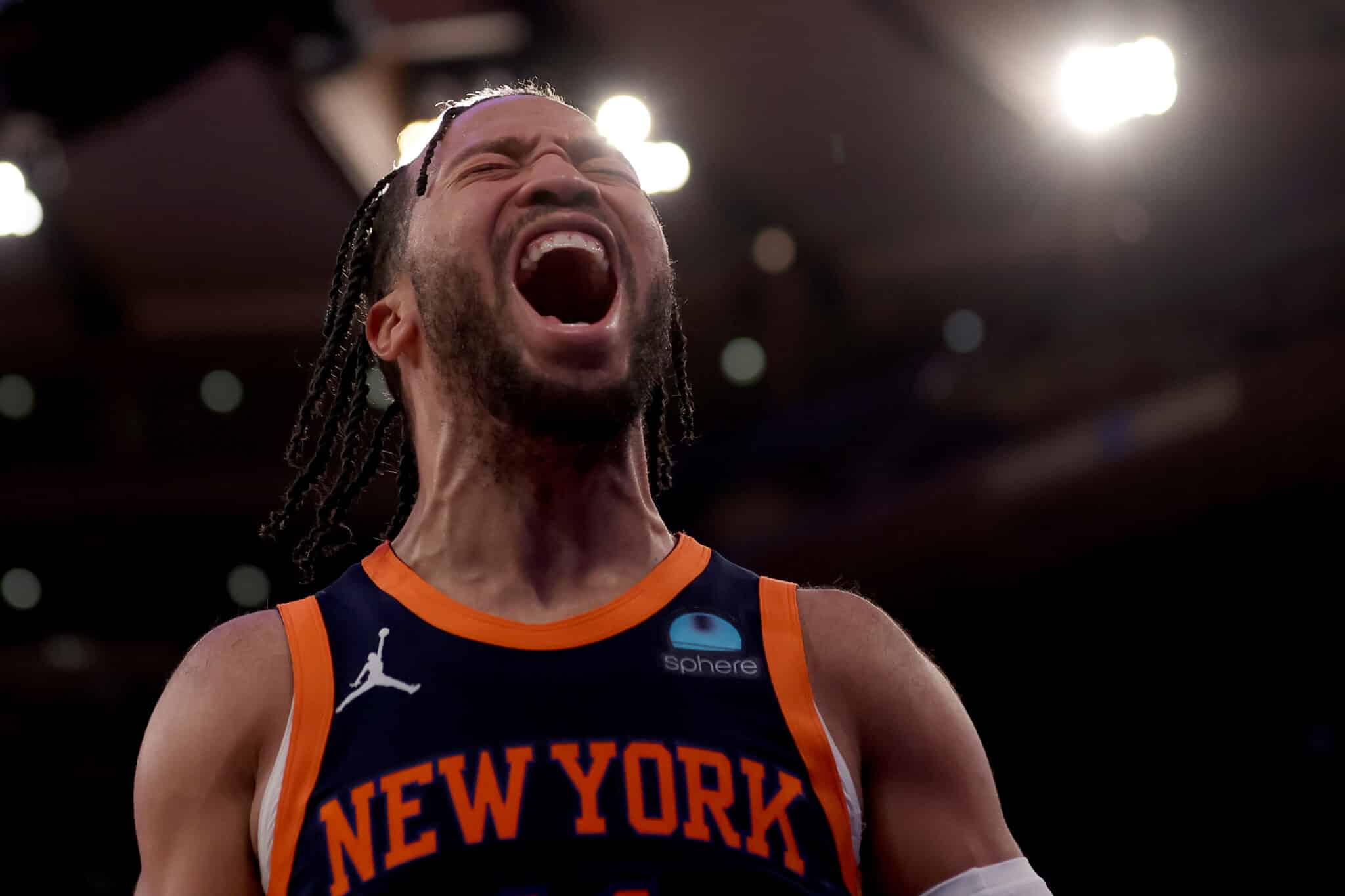
The Pacers had the ball, down only one point, with under 15 seconds to go. What's more, think about the accompanying:
1. The Pacers had apparently shut the principal half on a 9-0 run, just for Isaiah Hartenstein to sink a hurl from past the mid-court line at the signal.
"We had no redeeming qualities to us," Thibodeau said. "That gave us a little expectation."
2. The Knicks got two free focuses in the final quarter on away-from-the-play fouls, where the Pacers committed a foul before the ball was inbounded. The first was the consequence of an extraordinary phony by DiVincenzo, and the second permitted New York to go up four in the last seconds and keep Indiana from getting an opportunity to tie. Basically, that was the most awful thing that the Pacers might have done in that.
3. However, it wasn't their main awful choice of the final quarter. "We had one play where one of our folks took a wild hurried to attempt to bet and take the ball," Pacers mentor Rick Carlisle said, "and it transformed into a four-point play for them."
That was Nesmith, who passed on Hart with an end goal to take the ball from Hartenstein. He didn't arrive, Hart got a path to the container, scored, drew a foul, missed the following free toss, bounced back his own miss and set it back to get the Knicks inside one with somewhat less than six minutes left.
4. Not long before DiVincenzo's go on 3-pointer, Nesmith was required a kicked-ball infringement when the ball hit his hand, not his foot. The Pacers would have had the free ball, however the call was made, kicked balls can't be explored, the Knicks kept belonging and they started to lead the pack on the resulting play.
"It's not only the latest possible little while," Carlisle said about the significance of each and every belonging. "It's the entire game, the entire final quarter. This is an extraordinary encounter for our folks. It includes some significant pitfalls. It's unpleasant. In any case, we must become familiar with certain things for Game 2."
Game 2 is Wednesday (8 p.m. ET, dynamite).

